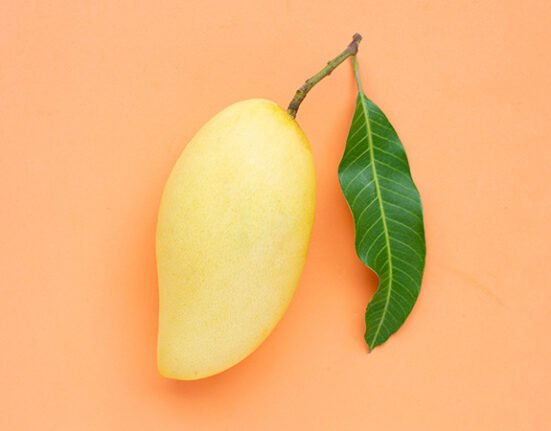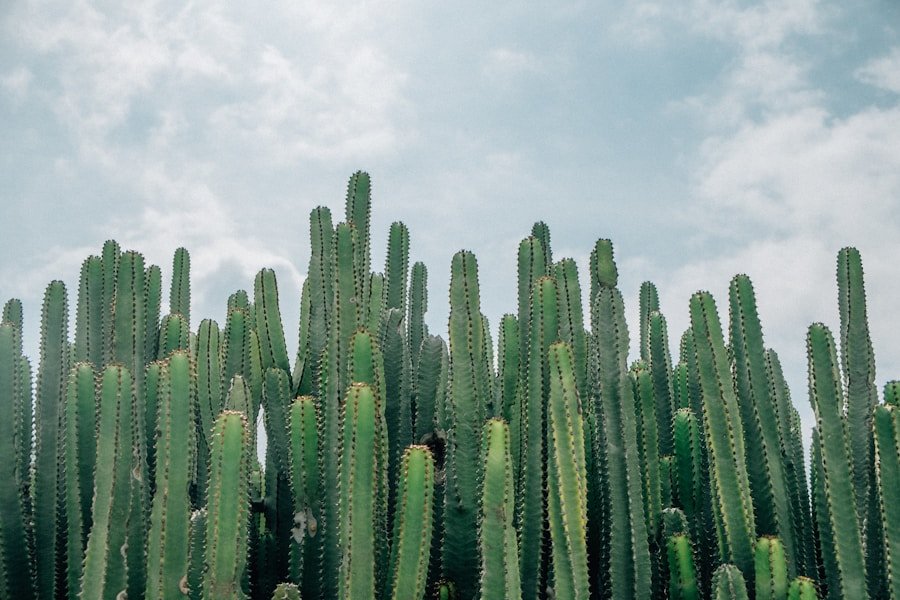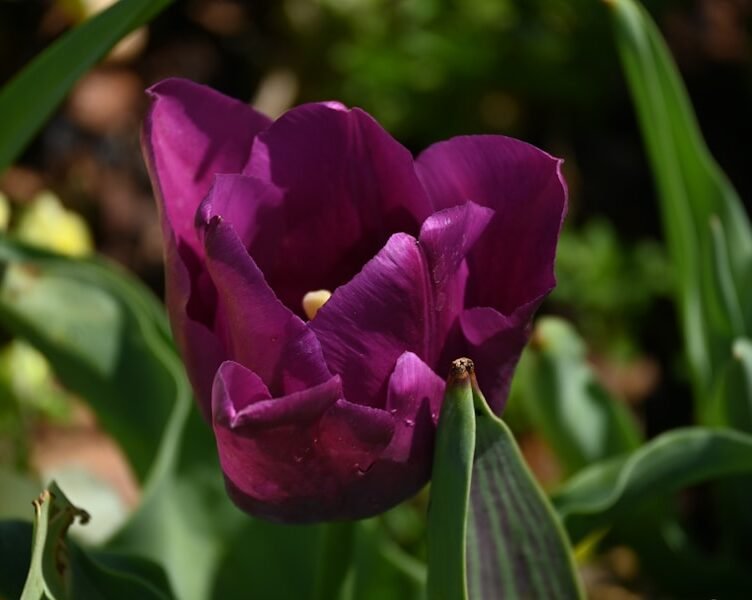Cacti are often misunderstood as unfriendly, prickly plants that inhabit the desert landscape. However, this misconception is far from accurate. While it is true that cacti have evolved spines and thorns as a defense mechanism against predators, they are not inherently hostile plants.
In reality, many cacti species produce vibrant flowers that attract pollinators and add splashes of color to their surroundings. Moreover, cacti play a vital role in their ecosystems, providing sustenance and shelter for a diverse range of desert-dwelling organisms. Despite their intimidating appearance, cacti make significant positive contributions to their environments.
Contrary to their reputation, cacti are fascinating plants that make important contributions to the ecosystems in which they thrive. It is essential to dispel the myth that cacti are unfriendly and instead recognize their valuable role in the natural world. By gaining a deeper understanding of cacti, we can appreciate and respect these unique plants for the significant benefits they bring to their environments.
Key Takeaways
- Cacti are not unfriendly plants, but rather diverse and adaptable.
- Cacti are surprisingly soft and can be suitable as indoor plants.
- Cacti are not always low-maintenance and require specific care.
- There are many misconceptions about cacti care that need to be dispelled.
- It’s important to separate myths from reality when it comes to understanding cacti.
Understanding the Diversity of Cacti
Adaptable and Resilient
One of the most remarkable things about cacti is their ability to thrive in almost any environment. From the arid deserts of the American Southwest to the lush tropical rainforests of Central and South America, cacti have adapted to survive in a wide range of habitats.
A World of Variety
This incredible diversity means that there is a cactus species suited to almost any environment. Whether you’re looking for a low-maintenance addition to your indoor space or a striking centerpiece for your outdoor garden, there’s a cactus out there for you.
Appreciating the Unique Role of Cacti
By recognizing and appreciating the diversity of cacti, we can gain a greater understanding of these unique plants and the important role they play in their respective ecosystems. Whether you’re a seasoned botanist or just a casual plant enthusiast, there’s always more to learn about the fascinating world of cacti.
Debunking the Notion of Cacti as Low-Maintenance Plants
One common misconception about cacti is that they are low-maintenance plants that require little care or attention. While it’s true that cacti are adapted to survive in harsh, arid environments, this doesn’t mean that they don’t require any care at all. In fact, cacti have specific needs when it comes to light, water, and soil that must be met in order for them to thrive.
For example, while cacti are drought-tolerant plants, they still require regular watering during their active growing season and should be kept relatively dry during their dormant period. Additionally, cacti require well-draining soil and plenty of sunlight in order to grow and flourish. By debunking the notion of cacti as low-maintenance plants, we can ensure that these unique plants receive the care and attention they need to thrive.
Understanding the specific needs of cacti is essential for successfully growing these plants and enjoying their beauty in our homes and gardens.
The Surprising Softness of Cacti
| Common Misconception | Reality |
|---|---|
| Cacti need a lot of water | Cacti are drought-resistant and only need to be watered sparingly |
| Cacti can’t be kept indoors | Many cacti species thrive indoors with proper sunlight and care |
| All cacti have sharp spines | Some cacti have soft, hair-like spines or no spines at all |
| Cacti only come in green | Cacti come in a wide range of colors including red, purple, and yellow |
While cacti are known for their spines and thorns, many people are surprised to discover that these plants can also be surprisingly soft. In addition to their protective spines, many species of cacti produce soft, fuzzy hairs that help to shade the plant from the intense desert sun and reduce water loss through evaporation. These hairs can give certain cacti a velvety or woolly appearance, adding to their unique and intriguing characteristics.
Additionally, some species of cacti produce delicate flowers that are soft to the touch and add a touch of beauty to these hardy plants. By recognizing the surprising softness of certain cacti species, we can gain a greater appreciation for the diversity and complexity of these unique plants. While they may be known for their prickly exteriors, many cacti also possess a softer side that adds to their allure and charm.
Cacti as Indoor Plants: Separating Fact from Fiction
Cacti are often touted as ideal indoor plants due to their ability to thrive in dry, low-light conditions. While it’s true that many species of cacti can adapt well to indoor environments, it’s important to separate fact from fiction when it comes to growing cacti indoors. While cacti do require plenty of sunlight in order to grow and flower, they can also be sensitive to intense, direct sunlight and may require some protection from harsh midday rays.
Additionally, indoor-grown cacti may require supplemental humidity in order to thrive, especially during the dry winter months when indoor heating can cause the air to become excessively dry. By separating fact from fiction when it comes to growing cacti indoors, we can ensure that these unique plants receive the care and attention they need to thrive in our homes. Understanding the specific needs of indoor-grown cacti is essential for successfully cultivating these plants and enjoying their beauty year-round.
Cacti Care: Dispelling Common Misconceptions
Watering: Not as Infrequent as You Think
One common misconception about cacti care is that they require infrequent watering due to their drought-tolerant nature. However, this is not entirely true. While cacti are adapted to survive in arid environments, they still need regular watering during their active growing season to thrive.
Lighting: It’s Not Always Full Sun
Another misconception is that all cacti require full sun to grow and flower. In reality, some species prefer partial shade and can be sensitive to intense, direct sunlight. Understanding the specific lighting needs of your cactus is crucial for its health and well-being.
Species-Specific Care: The Key to Success
By dispelling these common misconceptions, we can ensure that our cacti receive the proper care and attention they need to thrive. Understanding the specific needs of different cactus species is essential for successfully growing these plants and enjoying their beauty in our homes and gardens.
The Truth About Cacti: Separating Myths from Reality
In conclusion, it’s important to separate myths from reality when it comes to understanding and appreciating cacti. These unique plants are often misunderstood and misrepresented, leading to common misconceptions about their nature and care requirements. By debunking these myths and gaining a greater understanding of the true nature of cacti, we can develop a deeper appreciation for these fascinating plants and ensure that they receive the care and attention they need to thrive in our homes and gardens.
Cacti are not unfriendly plants but rather play a crucial role in their ecosystems by providing food and shelter for a variety of desert-dwelling creatures. Additionally, the incredible diversity of cacti means that there is a species suited to almost any environment, making them incredibly adaptable and resilient plants. While it’s true that many species of cacti can adapt well to indoor environments, it’s important to separate fact from fiction when it comes to growing cacti indoors.
By understanding the specific needs of indoor-grown cacti, we can ensure that these unique plants receive the care and attention they need to thrive in our homes. In conclusion, separating myths from reality when it comes to understanding and appreciating cacti is essential for successfully growing these plants and enjoying their beauty year-round. By dispelling common misconceptions about cacti care, we can ensure that these unique plants receive the proper care and attention they need to thrive.
Understanding the specific needs of different cactus species is essential for successfully growing these plants and enjoying their beauty in our homes and gardens. By recognizing the surprising softness of certain cactus species, we can gain a greater appreciation for the diversity and complexity of these unique plants. While they may be known for their prickly exteriors, many cactus also possess a softer side that adds to their allure and charm.
FAQs
What are some common misconceptions about cacti?
Some common misconceptions about cacti include the belief that all cacti are prickly and unapproachable, that they require very little water, and that they only thrive in desert environments.
Do all cacti have sharp spines?
Not all cacti have sharp spines. While many cacti do have spines for protection, some species have soft, hair-like spines or no spines at all.
Do cacti need very little water to survive?
While it is true that cacti are adapted to survive in arid environments and can store water in their stems, they still require regular watering, especially during their growing season.
Can cacti only thrive in desert environments?
Cacti are often associated with desert environments, but many species can thrive in a variety of climates, including tropical and subtropical regions.
Are cacti low-maintenance plants?
While cacti are known for their ability to survive in harsh conditions, they still require proper care, including adequate sunlight, well-draining soil, and occasional watering.





